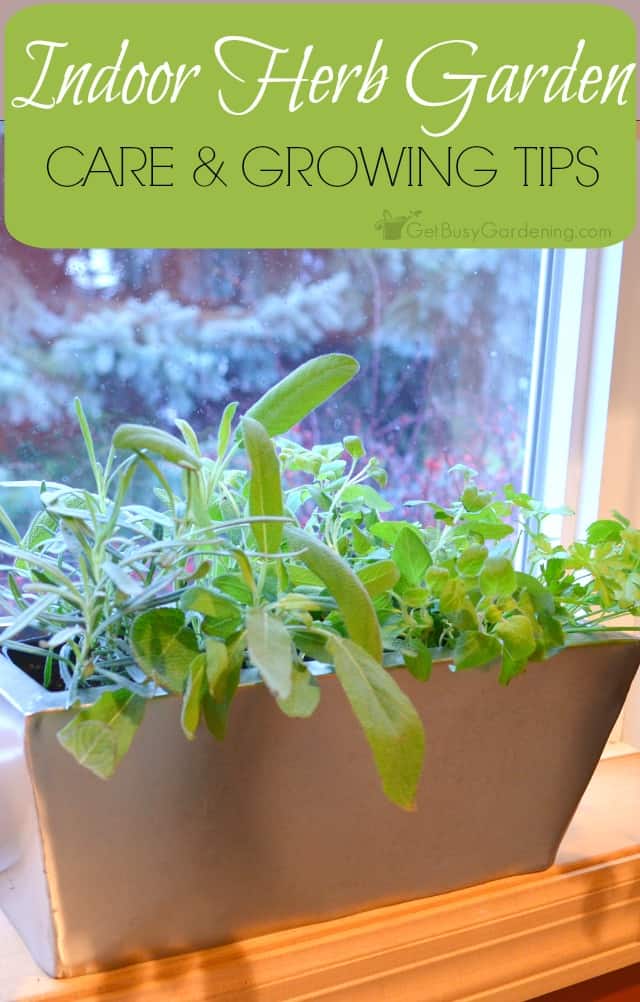Top Indoor Herb Gardening Tips

Top Indoor Herb Gardening Tips: A Comprehensive Guide
Growing herbs indoors is not just a hobby; it's a revolution in your kitchen. Imagine having fresh basil for your pasta or mint for your mojito right at your fingertips. Let's dive into the world of indoor herb gardening tips and transform your urban herb garden into a thriving oasis.
Why Start an Indoor Herb Garden?
Before we get our hands dirty, let's talk about why you should start an indoor herb garden. It's not just about the convenience (though that's a massive plus). Growing herbs indoors means you're in control. You know exactly what's going into your plants—no pesticides or chemicals here! Plus, it's a great way to add a touch of nature to your home.
Picking Your Herbs: The First Step
Not all herbs are created equal when it comes to indoor gardening. Some love the indoor life, while others prefer the great outdoors. Herbs like basil, mint, parsley, and rosemary are great for beginners. They're hardy, easy to grow, and you'll use them all the time in your cooking.
Finding the Perfect Spot
Light is crucial for your indoor herb garden. Most herbs love sunlight, so a windowsill that gets plenty of natural light is ideal. South-facing windows are the best, but east or west-facing windows can also work. Just remember, too much direct sunlight can fry your plants, so keep an eye on them.
Choosing the Right Pots
Pots aren't just about aesthetics; they play a significant role in herb care. Clay pots are great because they allow air and water to move through the soil more easily. But if you're a forgetful waterer, plastic pots can help retain moisture. Make sure your pots have drainage holes to prevent root rot.
Soil Matters
Don't skimp on the soil. A good potting mix can make or break your indoor herb garden. Look for a well-draining potting mix designed for containers. You can even find mixes specifically for herbs. Remember, the better the soil, the better your herbs will grow.
Watering: The Goldilocks Principle
Watering is a bit like the Goldilocks principle—not too much, not too little, but just right. Overwatering can lead to root rot, while underwatering can dry out your herbs. A good rule of thumb is to stick your finger about an inch into the soil. If it feels dry, it's time to water.
How to Water Your Indoor Herb Garden
Water your herbs slowly and evenly. Make sure the water reaches the roots but also ensure that your pots have good drainage. You don't want your herbs sitting in a pool of water.
Humidity: Creating the Right Environment
Indoor air can be dry, especially in winter. Herbs like a bit of humidity, so consider misting your plants or placing a tray of water near them. Grouping plants together can also create a humid microclimate.
Feeding Your Herbs
Herbs don't need a lot of fertilizer, but a little bit can go a long way. Use a balanced, water-soluble fertilizer diluted to half strength. Fertilize your herbs every 4-6 weeks during the growing season. Check out this guide for more on feeding your herbs.
Pruning for Growth
Pruning isn't just about keeping your herbs looking neat; it encourages growth. Regularly pinch back the growing tips of your herbs. This will make your plants bushier and give you more leaves to harvest.
Harvesting Your Herbs
Harvesting is the best part of indoor herb gardening. Once your plants are established, you can start harvesting. A good rule of thumb is to never take more than a third of the plant at a time. This gives the plant enough leaves to continue growing.
Storing Fresh Herbs
To keep your herbs fresh, store them in the fridge in a sealed container with a damp paper towel. Some herbs, like basil, prefer to be stored at room temperature in a glass of water.
Troubleshooting Common Problems
Even with the best herb growing tips, problems can arise. Yellowing leaves can indicate overwatering, while brown leaves can mean not enough water. Pests can also be an issue. Keep an eye out for signs of trouble and act quickly to save your plants.
Expanding Your Indoor Herb Garden
Once you've mastered the basics, don't be afraid to branch out. Try growing herbs from seeds or experiment with more exotic varieties. The world of indoor gardening is vast and full of possibilities.
Conclusion
Starting an indoor herb garden is a rewarding journey. With these indoor herb gardening tips, you're well on your way to growing a lush, thriving urban herb garden. So, what are you waiting for? Get growing!
FAQs
Q: What are the best herbs to grow indoors? A: Herbs like basil, mint, parsley, and rosemary are great for indoor gardening. They're easy to grow and used frequently in cooking.
Q: How much light do indoor herbs need? A: Most herbs need at least 6-8 hours of sunlight per day. A sunny windowsill is usually ideal.
Q: How often should I water my indoor herbs? A: Water your herbs when the top inch of soil feels dry. This can vary depending on the type of herb and the environment.
Q: Can I grow herbs from seeds indoors? A: Yes, many herbs can be grown from seeds indoors. Just make sure to provide the right conditions for germination.
Q: How do I deal with pests on my indoor herbs? A: Keep an eye out for signs of pests like aphids or spider mites. If you spot any, isolate the affected plant and treat it with an insecticidal soap or neem oil.
0 Response to " Top Indoor Herb Gardening Tips"
Post a Comment